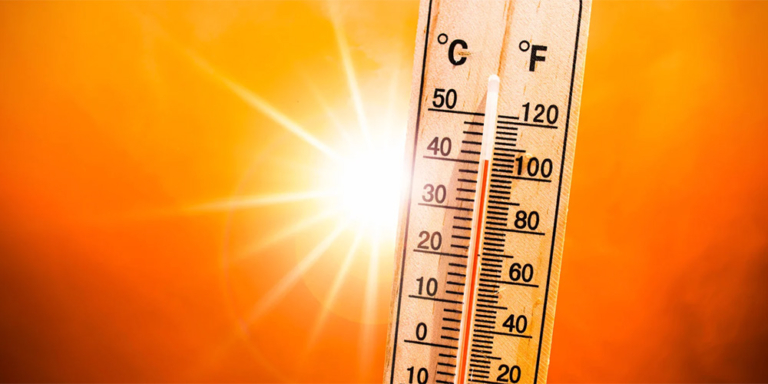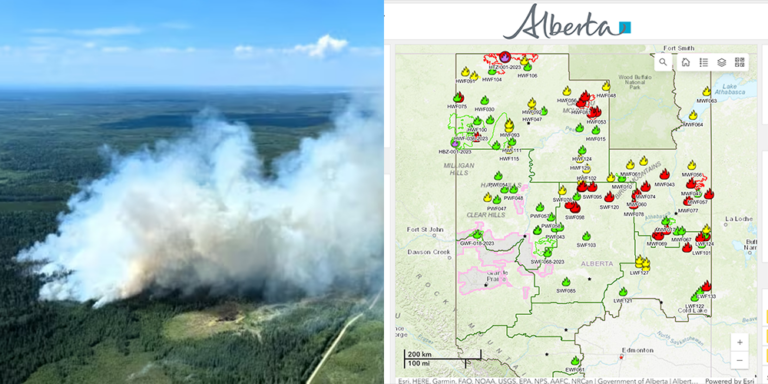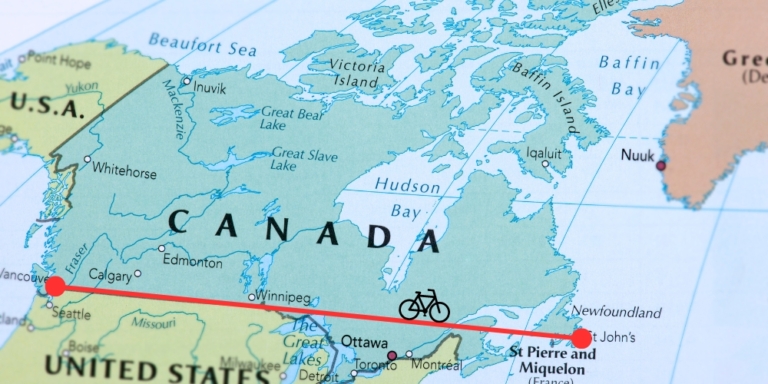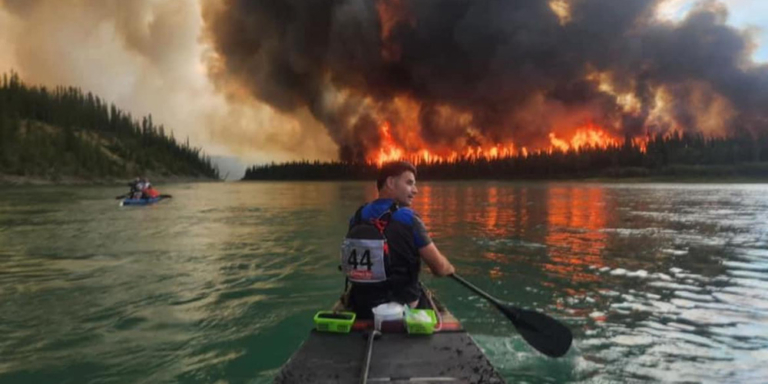This summer was the smokiest summer on record for Alberta. We suffered. But at least we could stay inside to escape the thick polluting haze. But how many of us thought about how all that thick smoke affected our crops?
Over the past few years of excessive wildfire smoke, the dark, smoggy haze has affected crop production all across the prairies, including farmer Christi Friesen’s grain crops.
According to Friesen, wildfire smoke has blocked out the sun and hurt her crop’s growth. But wildfire smoke might be causing more damage to crops than we think.
Lina Gorim, an assistant professor at the University of Alberta and the Western Grains Research Foundation Chair in Cropping Systems, claims the impact of smoke on crops depends on their distance from the smoke. Friesen’s farm is in the Peace region, which was blanketed in smoke this past May.
Friesen also recalls the smoke from the 2019 wildfires in northern Alberta that swept into the Peace River region. The smoke caused Environment Canada to issue a special air quality statement for the area, warning of poor air quality and reduced visibility. Without sunlight, her crops starved.
“In 2019, we had pretty bad wildfires up north here that actually blocked out the sun for a week, and it made our crops stagnant…It didn’t grow, it didn’t mature, it didn’t do anything for about a week,” Friesen told CBC News’ Edmonton AM.
Crops rely on sunlight to grow using photosynthesis, the process by which plants use sunlight to convert carbon dioxide and water into food. Without sunlight, a plant’s ability to photosynthesize is cut in half.
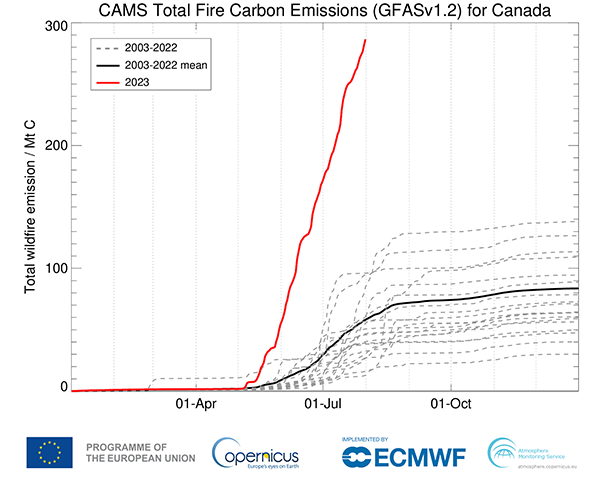

Thanks to this year’s wildfire smoke, there were green patches in Friesen’s canola fields where her crops couldn’t mature properly. But Gorim claims it’s not just a lack of sunlight hurting crops.
More often than not, wildfire smoke contains nast stuff like volatile organic compounds (VOCs). These chemicals are emitted from many products and processes that impact air quality, public health, and the climate. The second-largest source of VOC pollutants is biomass burning, which includes wildfires. When VOCs enter the air, they create ozone, another gas type.
Ozone is found naturally in our atmosphere and protects us from the sun’s ultraviolet rays. But on the ground level, ozone is a harmful pollutant commonly found in smog. Ozone at ground level can be inhaled, causing many health problems, such as chest pain, coughing, and throat irritation. But Gorim claims ground-level ozone is just as harmful for plants as for humans.
If absorbed, ground-level ozone can destroy a plant’s chlorophyll, which plants rely on to create food during photosynthesis. Gorim believes ozone could negatively impact crop production for farmers like Friesen, whose crops are increasingly exposed to smoke. She also warns farmers to be mindful of ash.
Ash carried by smoke can settle on plants and block pores found on a plant’s leaves that allow the plant to breathe. If blocked, a plant suffocates and is unable to photosynthesize.
But it’s not all bad news! Gorim thinks there might be at least one upside to the smoke.
When light passes through smoke, it becomes fractured. Spectrums of light are then reflected in all directions. This includes red, green, and blue spectrum light, which are great for photosynthesis. But this is only true for a small amount of smoke. Dense smoke that blocks out most light is still harmful to plants.
Wildfire smoke is harmful for many reasons, and the harms are well documented for humans. But, there isn’t much research on the impact of smoke and ash on crop production. Gorim hopes this will change in the future. For now, our best defence against wildfire smoke is to minimize the number of extreme wildfires that occur in the province. That won’t be possible unless we put a lid on our carbon pollution.
But that is another story altogether! And we are not just throwing up a smoke screen here.


